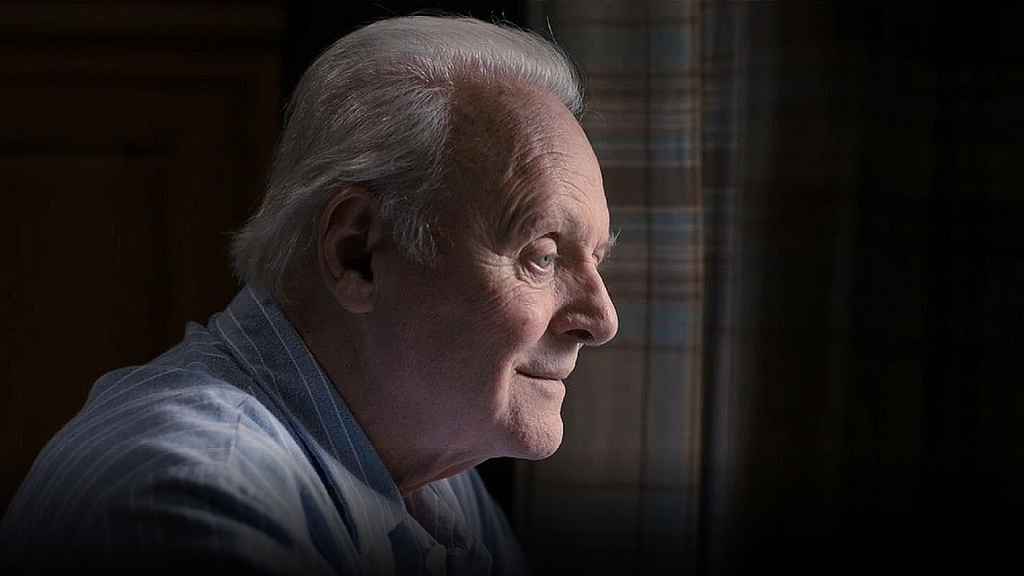Embrace every unique perspective to build truly universal experiences

Inclusive design isn’t just a process or a methodology — it’s a way of thinking that drives us to create with empathy and understanding. It begins with becoming aware of the barriers we might unconsciously create and recognizing the biases and limitations that appear in our daily lives. Every day we make assumptions that can unintentionally exclude those around us.
Creating truly inclusive products means first understanding these discrepancies between our perceptions and the real experiences of diverse users, and then removing them. Only in this way can we open the door to a more accessible and inclusive experience for everyone.
Diversity is Strength
At the core of inclusive design are people — their diverse needs, abilities, and unique perspectives that deserve to be included and respected. When we put people at the center, we not only discover better solutions but also enrich our own understanding.
Instead of viewing differences as obstacles, we embrace them as inspiration.
Creating Through Empathy
Empathy is the foundation of inclusive design — it allows us to understand and relate to the challenges users face. An effective approach is to test products with people who have different limitations and needs. The real stories and experiences of these individuals provide insights that might otherwise go unnoticed.
However, it is important to strive to create products that not only facilitate but also inspire users.
Flexibility and Adaptability
Good design doesn’t impose a single way of using a product — it provides various options for personalization and adaptation so that every user can use it in a way that is comfortable for them. Creating products with flexibility and adaptability at their core means they are applicable and useful to everyone. Thus, technology becomes not just more accessible, but also more valuable for the daily lives of different people.
Why is Inclusive Design Important for All of Us?
Inclusive design is much more than just supporting people with different abilities — it is for all of us. Let’s imagine the following situation: a button that is large and convenient enough for people with motor difficulties becomes easier to press for those of us holding our phone with one hand on a crowded bus. When we design products that are accessible and convenient for diverse users, we create more flexible solutions that meet everyone’s needs.
How to Apply Inclusive Design in Our Work?
We can always look for new ways to make design more inclusive. Here are a few tips we can try even today:
- Recognize the exclusions — Look for situations where people are excluded due to certain limitations. Awareness is the first step towards a more accessible environment.Listen to users — Talk to people who have different needs and ways of interacting. Real stories and experiences provide the most valuable knowledge about their challenges and needs.Test with diverse groups — Ensure that the product is convenient and accessible for people with different abilities. Using test groups with people from diverse backgrounds can help you identify overlooked barriers.Create personalized solutions — Provide users with the opportunity to choose how they want to interact with the product.Facilitate accessibility with simple, intuitive interfaces — Sometimes simplicity is the key to inclusivity. Design should be easy to understand and use without requiring extensive study.Create solutions for everyone — Consider how to make products adaptable so that everyone can use them according to their needs.
Useful Materials for Inclusive Design
For more inspiration and specific examples, check out Inclusive 101 — a guide that offers principles and guidelines for inclusive design. This booklet will help you expand your design thinking towards universal and inclusive solutions.
Inclusive design is about empowering everyone to feel part of something bigger. And when we create with diversity in mind, we build an environment that enriches not only our work but also our community.
And how would you apply inclusive design to make the world more accessible and welcoming for everyone? Share in the comments!
UX and inclusive design: Help me understand! was originally published in UX Planet on Medium, where people are continuing the conversation by highlighting and responding to this story.

